Scissor beak, aka: crossed beak, crooked beak, is a condition in which the top and bottom beaks do not align properly. It can be caused by genetics, an injury or the inability to maintain the beak’s length and shape by normal honing on rocks or other hard surfaces.
One of my first chicks, Esther, an Easter Egger, was born with with this common genetic deformity. It was so mild that I did not notice it for weeks. Scissor-beak varies in severity, but most chicks can eat and drink independently. Crossed beak need not be an automatic death sentence as believed by some. Most cross-beaked chicks adapt and thrive, leading long, happy lives. However, there are some chicks in which the defect is too severe for them to eat or drink independently and they can not survive without constant assistance.
Esther lived four years until without help eating or drinking. She was put to sleep after being diagnosed with cancer throughout her oviduct and other organs and she is dearly missed. It did take her more time and effort to eat than the other chickens and she was never as large as the other birds, but that is to be expected.
Since crossed beaked chickens cannot pick up pieces of food using both halves of their beaks as utensils, they adapt by scooping food into the bottom half of their beaks. I find that it helps to put Esther’s feed in a deep dish, raised up to chest level so it has less distance to travel to reach her tongue than if it were on the ground. This small adaptation is sometimes all it takes to help crossed-beaked chickens eat.
Some chickens find it easier to eat a feed to which water has been added to make it the consistency of oatmeal. Grinding up feed in a coffee grinder and adding water to make a wet mash may help severely scissor-beaked chickens.
The important thing to watch out for with this condition is that the chicken is able to eat, not only due to their physical limitations but because other flock members may attempt to keep them away from the feed. If that occurs, the chicken should be put in a safe place where only she can access the feed.
I have found that using a poultry nipple watering system has made drinking much less of an effort for Esther as the water drips into her mouth instead of her having to stoop down, scoop up some in her lower beak and hope that it makes it to the back of her throat when she stands up straight.
Chickens maintain the length and shape of their beaks by wiping them on rocks or other abrasive surfaces while foraging, but scissor beaked chickens have difficulty with this routine task. Due to the severity of Esther’s defect, she cannot hone her beak length independently and we periodically trim it for her using dog nail clippers. A Dremmel tool or file can accomplish the same objective, but the vibration from those methods may be more upsetting to the bird than a quick slip with nail clippers..
(Note: Chickens confined to a run should be provided with a paver, brick or cement block for beak honing.)
When trimming Esther’s beak, we always have styptic powder at the ready in our chicken first aid kit. Beaks are vascular and if cut too far back, will bleed profusely. Unfortunately, I know this from first-hand experience and it was a frightening lesson in preparedness.
When chicks have scissor beak, it is safe to assume that genetics are to blame, therefore breeding them as adults is not recommended since the condition can be passed down to future generations.
Kathy Shea Mormino
Affectionately known internationally as The Chicken Chick®, Kathy Shea Mormino shares a fun-loving, informative style to raising backyard chickens. …Read on


shop my SPONSORS
Scissor beak, aka: crossed beak, crooked beak, is a condition in which the top and bottom beaks do not align properly. It can be caused by genetics, an injury or the inability to maintain the beak’s length and shape by normal honing on rocks or other hard surfaces.
One of my first chicks, Esther, an Easter Egger, was born with with this common genetic deformity. It was so mild that I did not notice it for weeks. Scissor-beak varies in severity, but most chicks can eat and drink independently. Crossed beak need not be an automatic death sentence as believed by some. Most cross-beaked chicks adapt and thrive, leading long, happy lives. However, there are some chicks in which the defect is too severe for them to eat or drink independently and they can not survive without constant assistance.
Esther lived four years until without help eating or drinking. She was put to sleep after being diagnosed with cancer throughout her oviduct and other organs and she is dearly missed. It did take her more time and effort to eat than the other chickens and she was never as large as the other birds, but that is to be expected.
Since crossed beaked chickens cannot pick up pieces of food using both halves of their beaks as utensils, they adapt by scooping food into the bottom half of their beaks. I find that it helps to put Esther’s feed in a deep dish, raised up to chest level so it has less distance to travel to reach her tongue than if it were on the ground. This small adaptation is sometimes all it takes to help crossed-beaked chickens eat.
Some chickens find it easier to eat a feed to which water has been added to make it the consistency of oatmeal. Grinding up feed in a coffee grinder and adding water to make a wet mash may help severely scissor-beaked chickens.
The important thing to watch out for with this condition is that the chicken is able to eat, not only due to their physical limitations but because other flock members may attempt to keep them away from the feed. If that occurs, the chicken should be put in a safe place where only she can access the feed.
I have found that using a poultry nipple watering system has made drinking much less of an effort for Esther as the water drips into her mouth instead of her having to stoop down, scoop up some in her lower beak and hope that it makes it to the back of her throat when she stands up straight.
Chickens maintain the length and shape of their beaks by wiping them on rocks or other abrasive surfaces while foraging, but scissor beaked chickens have difficulty with this routine task. Due to the severity of Esther’s defect, she cannot hone her beak length independently and we periodically trim it for her using dog nail clippers. A Dremmel tool or file can accomplish the same objective, but the vibration from those methods may be more upsetting to the bird than a quick slip with nail clippers..
(Note: Chickens confined to a run should be provided with a paver, brick or cement block for beak honing.)
When trimming Esther’s beak, we always have styptic powder at the ready in our chicken first aid kit. Beaks are vascular and if cut too far back, will bleed profusely. Unfortunately, I know this from first-hand experience and it was a frightening lesson in preparedness.
When chicks have scissor beak, it is safe to assume that genetics are to blame, therefore breeding them as adults is not recommended since the condition can be passed down to future generations.



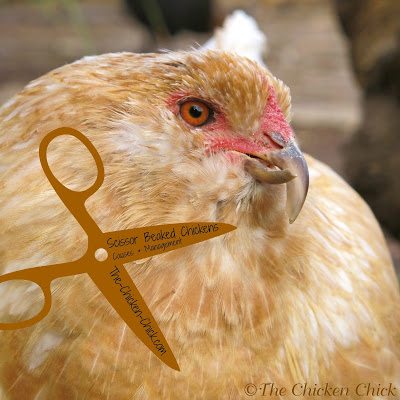
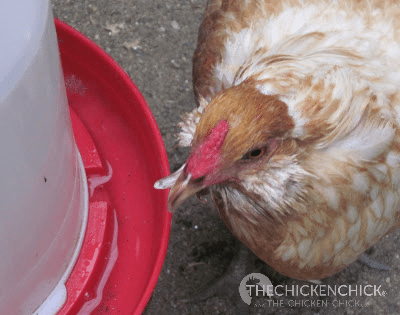
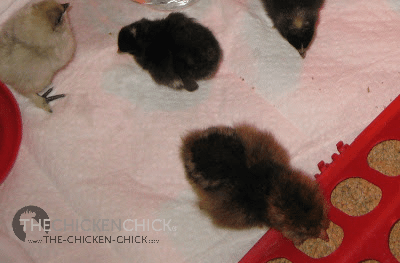
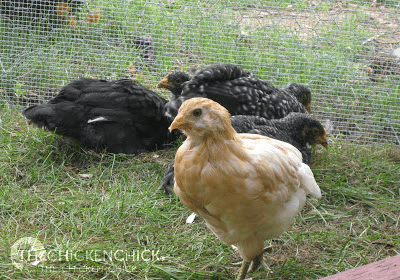
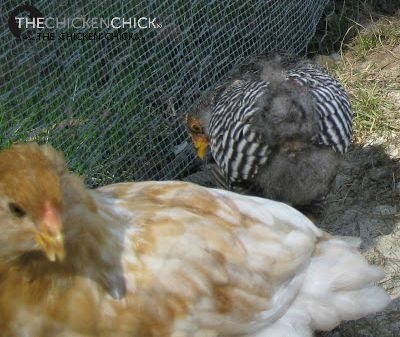
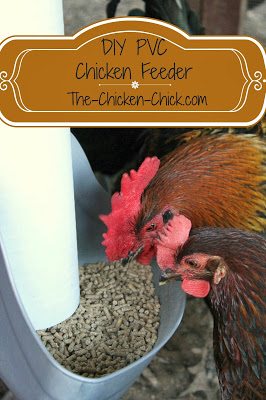
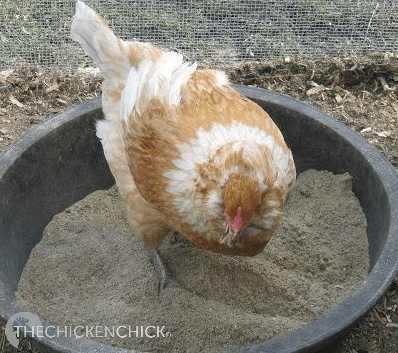
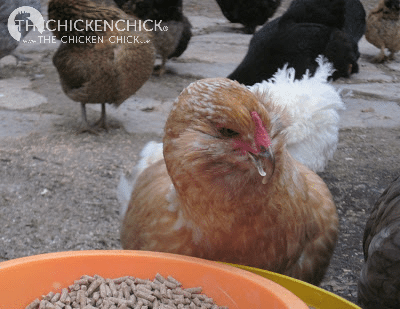
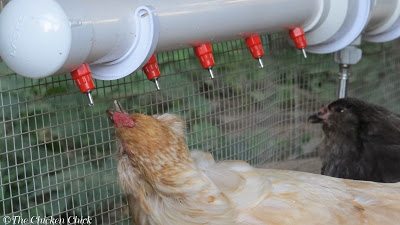
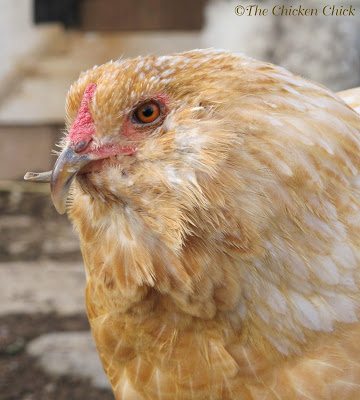
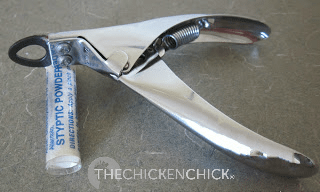
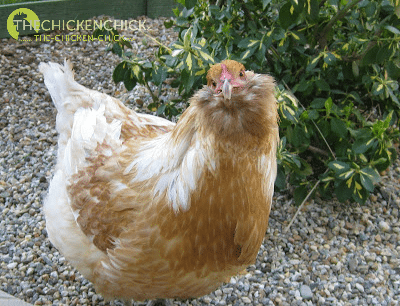

























Thanks for sharing this! I was feeding our chicks and changing out their water the other day and one of them caught my eye because I noticed the beak looked a little to the side like. I'll have to keep a close eye on her.
My pleasure, Noel! You just want to keep an eye on her to be sure she is eating enough (it can be tough to tell. Some will require help and others manage well on their own.
Let me know how she progresses!
My chick has this and is missing an eye. Its less than a week old. I had to help it out of the shell. I seen its beak i thought it hurt it self trying to get out so i helped it then i saw that one eye is enlarged and one eye is just not there. It chirps a lot. I never see it eat or drink. It also has extra toes like his dad. So i think its genetic what caused this. But not sure. The other chicks from same mom and dad have extra toes also but… Read more »
There is no doubt these conditions are genetic. If he has not eaten in a week, I fear the worst for him even with help. You can try feeding him with an eye dropper or small syringe right now and hope that he can become strong enough to be self sufficient some day. Kudos to you for trying. Please let me know how he fares.
Best wishes to you both.
I would be so afraid to clip my own birds beak. I only clip my dog's nails because they're clear and I can see the quick.
I am too skidgy about clipping my dog's toenails myself, nevermind my hen's! My husband doesn't seem to mind though, so he takes care of all the pedicures and beakicures around here! LOL
I had a scissor beak a while back–got worse with age. Trimmed it and also used the circular Pedi-Paws battery operated filer for dogs and cats–was able to get a nice and even shape, especially on the sides of the beak. I had good results.
Thanks for the well written and informative article Kathy.
That's a great tip, Sue!! I've never used one of those Pedi-Paws tools but you can be sure I'm going to pick one up now!
Thanks so much. :)
Shes a cutie! Great info! I enjoy seeing and reading about your chickens, you have alot of experience! Thanks for the great blog!
Thanks so much, I appreciate that, TroutsChicks!